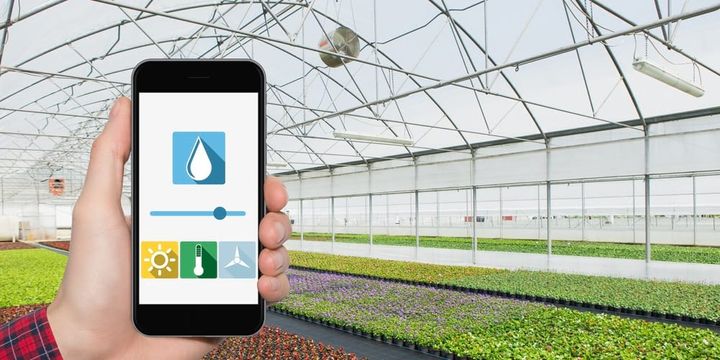Saving the Bees with IoT
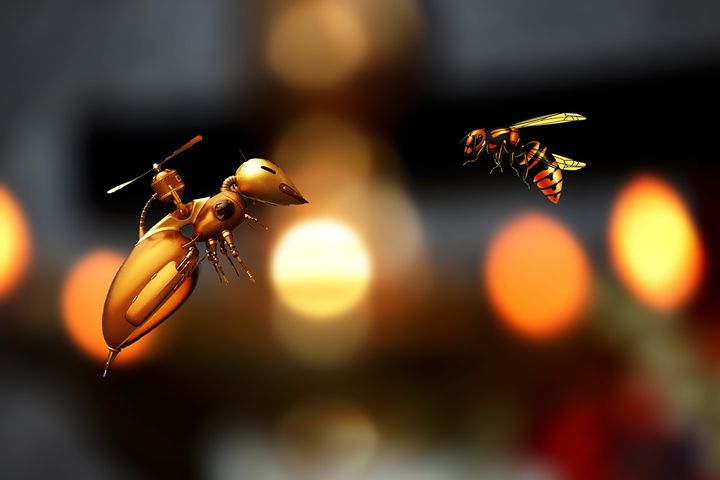
Sometime in late 2006, beekeepers across North America started seeing drastically high losses among their western honey bee colonies. Less dramatic disappearances were also observed in Europe and around the world, causing significant losses in agricultural crops that depend on bee pollination to survive.
Now known as Colony Collapse Disorder (CCD), these sudden losses occur when most of a colony’s worker bees leave their queen and plenty of honey and pollen reserves behind. With few dead bees found nearby, the phenomena didn’t correspond to any previously known causes of bee death.
Without worker bees, hives die out and the repercussions go far beyond honey shortages. We see significant agricultural losses and accompanying economic effects worldwide. Approximately 75% of our food supply depends directly on honey bee pollination, which corresponds to a global worth of hundreds of billions of dollars. And with no end in sight for CCD, there’s a lot at stake in the bee crisis.
Approximately 75% of our food supply depends directly on honey bee pollination, which corresponds to a global worth of hundreds of billions of dollars.
Scientists have yet to settle on a single cause for the decline - attributing it to a combination of pesticides, disease, nutritional deficiencies, and commercial beekeeping itself - so it’s unlikely there’ll be a simple resolution. The EU voted to ban the use of neonicotinoid pesticides in 2018 but in lieu of global policy change, innovative IoT solutions have already shown serious promise for helping bees survive.
The Internet of Stings
Being able to know when a colony is in trouble and act quickly is imperative to beekeeping. Traditionally, this has meant regular check-ins with the hive, a practice that comes with some disruption to bee life. But with IoT solutions that incorporate wireless in-hive sensors, beekeepers can better keep tabs on their colonies in real time and from a distance.
At the Polytech Sorbonne University in Paris, a student developed a precision beekeeping box that can take temperature, humidity and weight readings, as well as detect the presence of a queen bee. With the data displayed on their Ubidots dashboard, beekeepers can then take steps to decrease resource consumption and increase productivity.
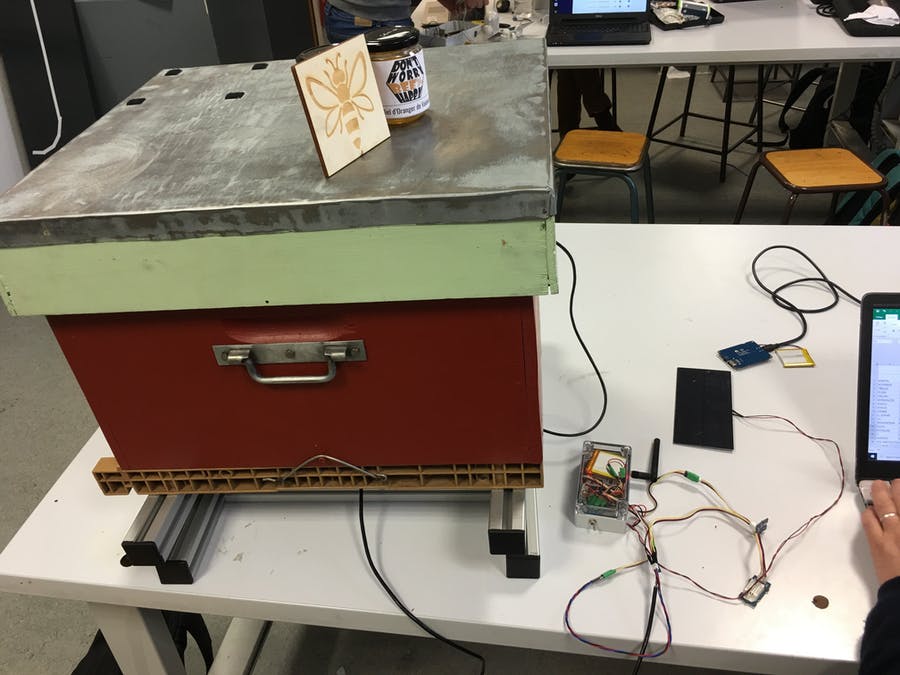
In Costa Rica, college students developed the Ubidots-powered Internet De Las Abejas, a project aimed at controlling varroa mites. Varroas stick to bees, suck their hemolinph, and spread the diseases they carry - posing a major threat to honey bee health. In better controlling them, beekeepers can improve the quality of life of their hives, while also increasing honey production and pollen mobility.

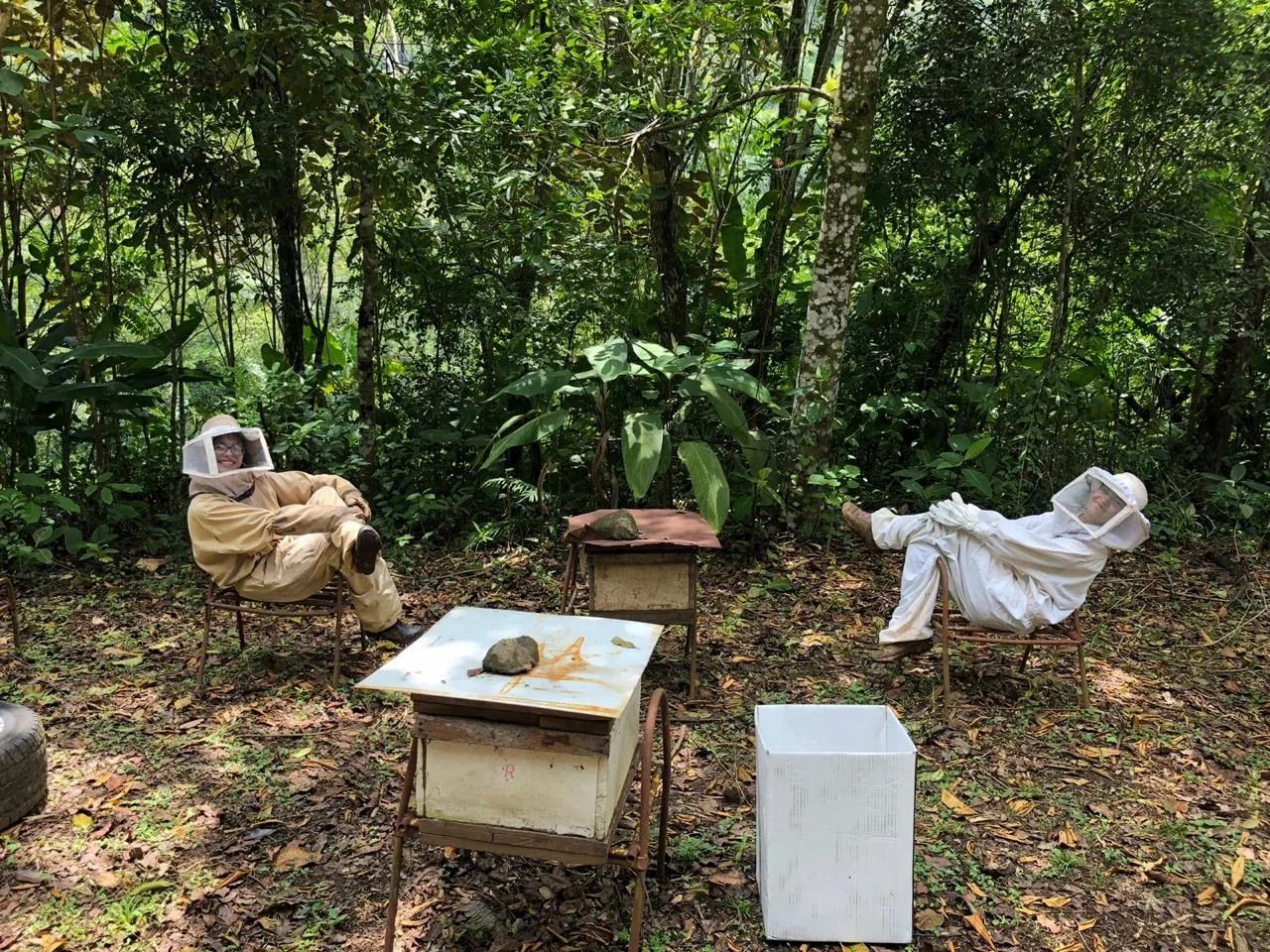
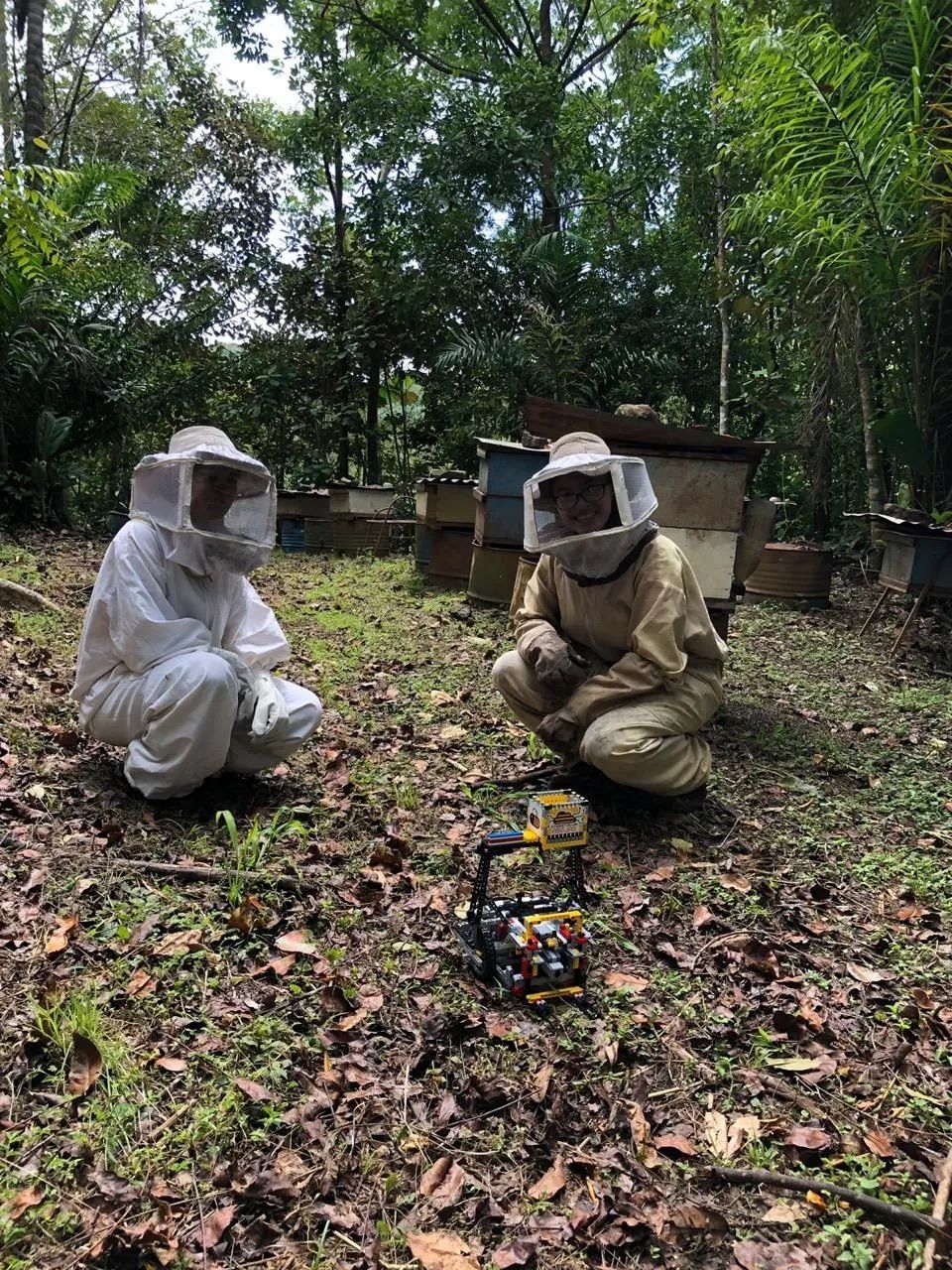
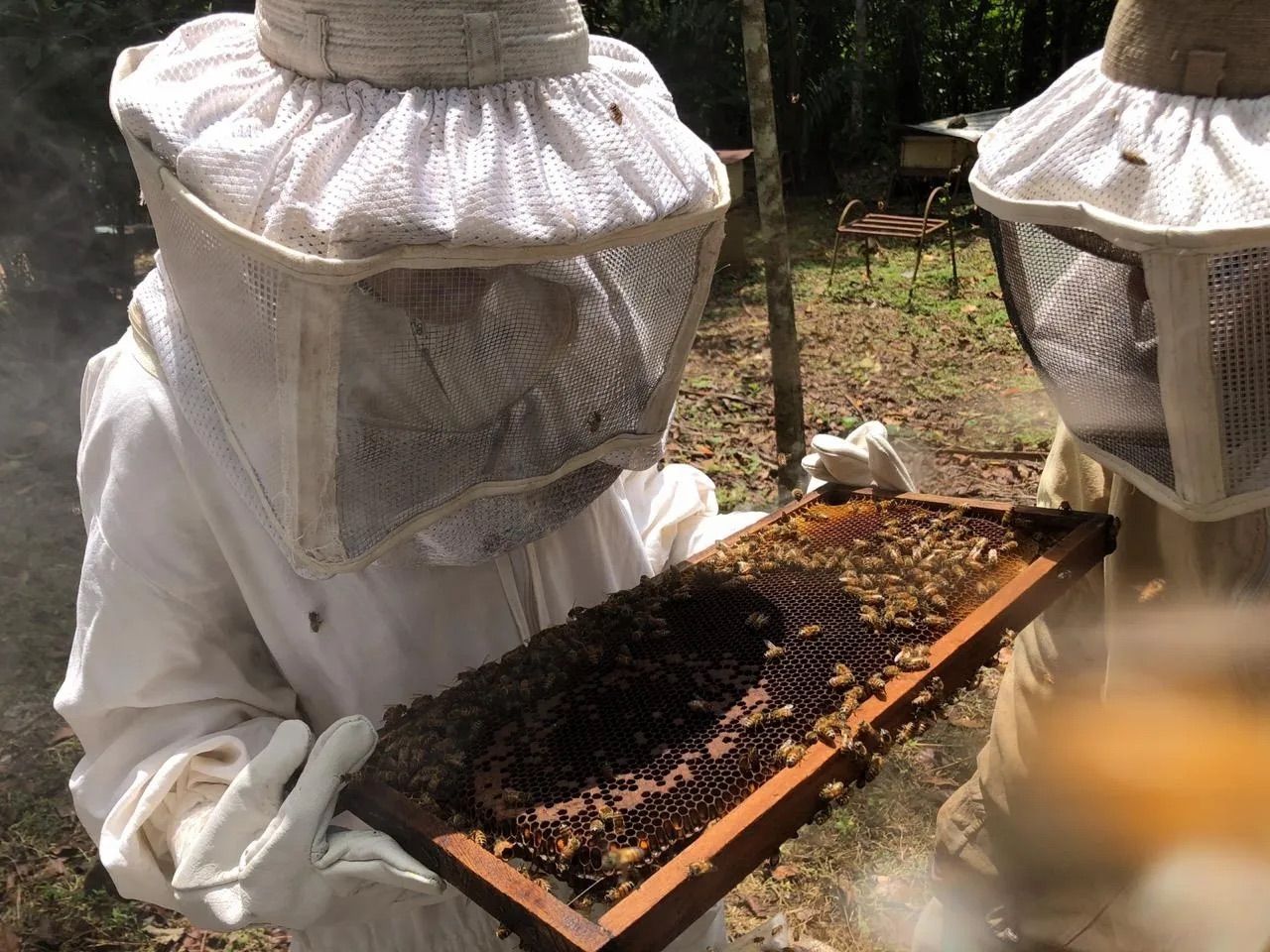
Another approach, developed by researchers in Manchester, is the tagging of bees with RFID chips to track their movements. With location data, beekeepers can follow their comings and goings to better understand and predict their behavior. Grad students in Canada have also been studying the use of sensor data to listen in on beehives and detect communication patterns in the buzz.
But easily the biggest buzz in IoT-enabled solutions is the development of robot bees, or pollination drones. Straight out of a “Black Mirror” episode, RoboBees were introduced by Harvard University researchers in 2013. While their first iterations were limited to flying and hovering, they can now swim underwater and stick to various surfaces. Robotic bees of the future could potentially work farms like their natural counterparts, pollinating crops and helping offset population losses.
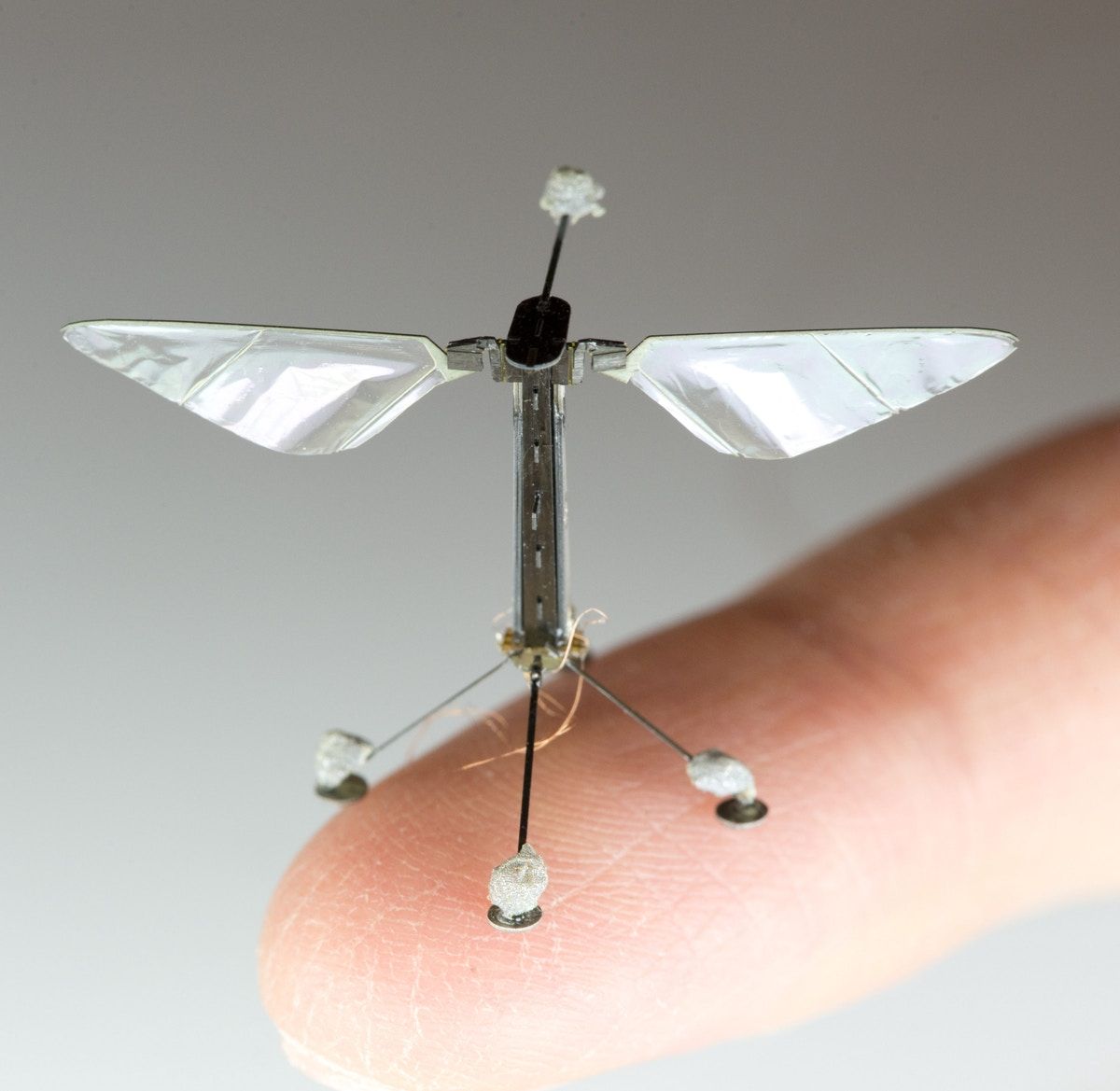
No matter what form our ‘IoBees’ solutions take, the collecting and sharing of data will give us profound insights into their lives. Researchers and IoT Entrepreneurs all over the world are realizing the potential of aggregating this data into IoT dashboards, creating IoT solutions that can be commercially offered to either the farmers or research institutions.
Such array of projects aimed at tackling the bee crisis shows the powerful potential for IoT to help save the bees that feed our world.

